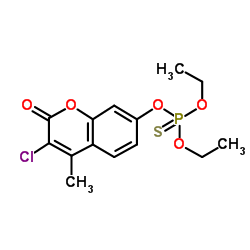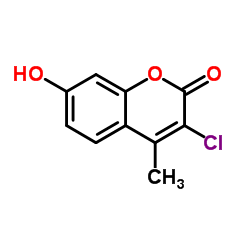| Structure | Name/CAS No. | Articles |
|---|---|---|
 |
Coumaphos
CAS:56-72-4 |
|
 |
3-CHLORO-7-HYDROXY-4-METHYLCOUMARIN
CAS:6174-86-3 |